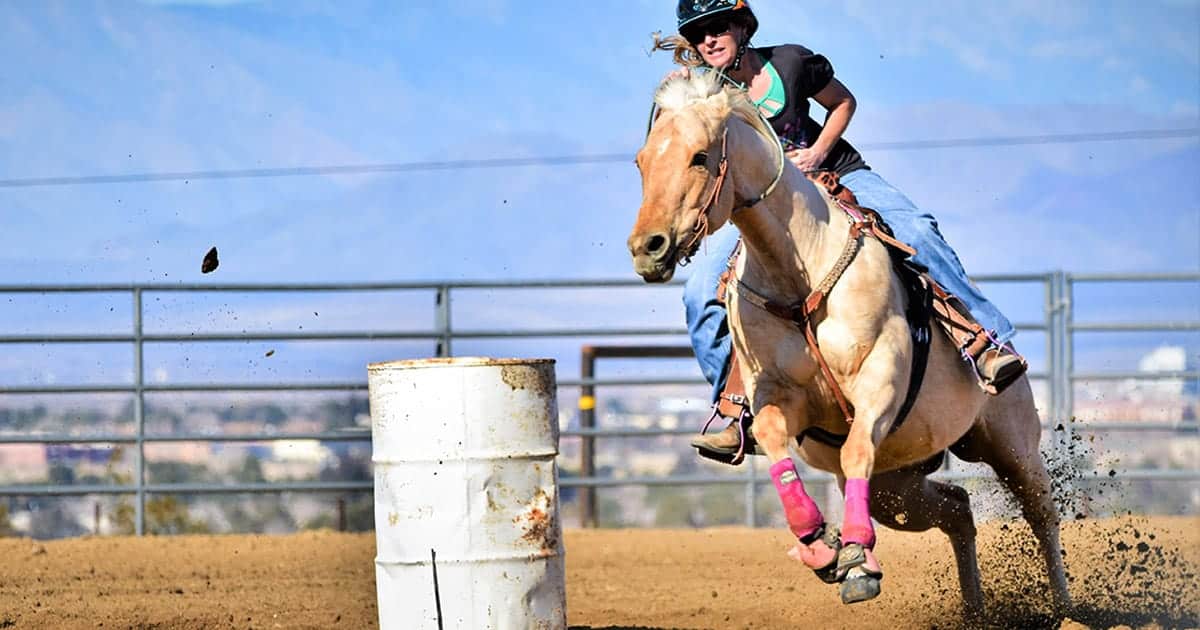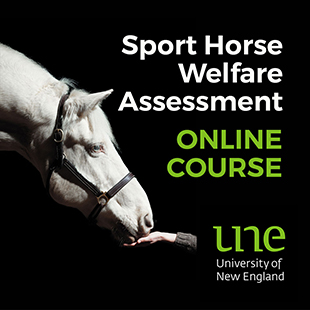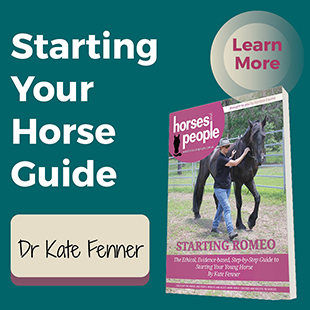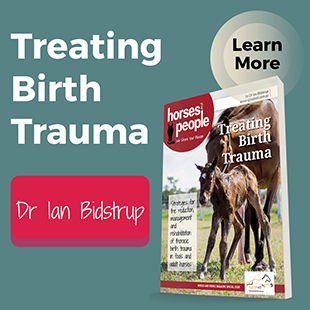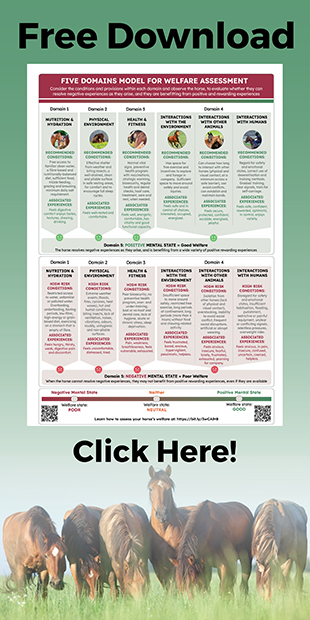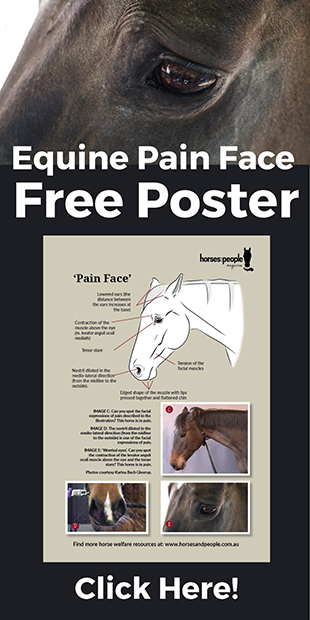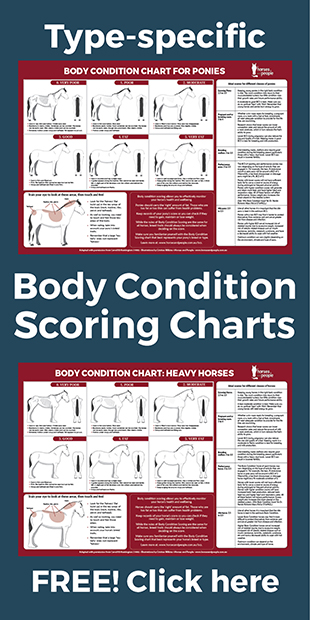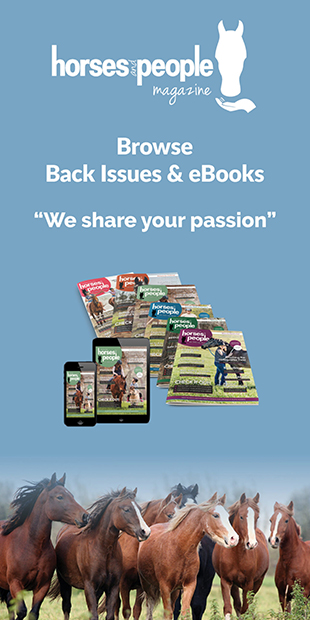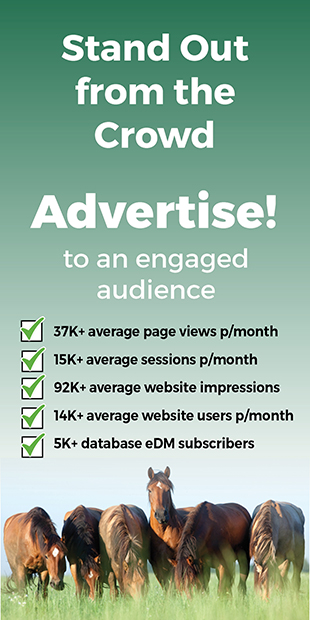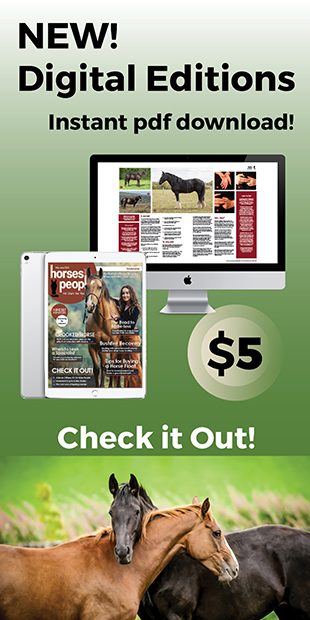“It should be borne in mind that there is nothing more difficult to arrange, more doubtful of success, and more dangerous to carry through than initiating changes.” (Machiavelli)
Change is inevitable and it’s part of our human history and evolution. Adapting to new situations and environments helped and still helps us survive – as a species and as individuals within society. Sometimes, we have no choice but are forced to quickly adapt to change, and the recent Covid-19 pandemic, for instance, has taught us this important lesson.
We may not always like when change happens, nevertheless, we constantly encounter change in our environment and some of us embrace it – looking at the positive aspects it can bring to our lives. However, for others, changing their lifestyles, habits, or mindsets is much more difficult, and changing equestrian culture, in general, is a slow process.
But why are some of us so much better at adapting to or initiating change?
The power of motivation and emotions
Not all behaviours can be changed easily, and our motivation and emotions play a major role in this process.
For example, you may have gained weight during lockdown due to stress-related eating and, consequently, your fitness level has decreased. Therefore, you may feel that you are out of shape and not ready to resume riding your horse. Your weight – according to your subjective perception – may stop you from enjoying your horse to the fullest, perhaps causing a subtle feeling of negative stress. This may prevent you from experiencing positive emotions, i.e., happiness when riding your horse, and hence you are willing and intrinsically motivated to change your current situation. Should be a walk in the park, right? Unfortunately, it’s not as easy as it may sound.
“Behaviour change is a multifaceted process”
Change is not always a straightforward but rather multifaceted process. Being humans, we can be strongly influenced by our emotions or moods and base our behaviour solely on our subjective gut feelings, and not on rational processes or facts [1].
Not all humans have access to the same information and possess the ability to process this information linearly and equally. We all differ in our values, cultural backgrounds, personalities, and mental as well as physical capacities and abilities, and this impacts the way we view our surroundings and make decisions. Naturally, this applies to the equestrian world as well.
“Behaviour (and mindset) change can be complex”
Like me, you may have thought that willpower would be your strongest weapon when fighting your alter ego’s resistance to change – but there is more required to successfully change one’s mindset.
In social sciences, the Theory of Planned Behaviour (TPB) [2] is frequently applied to predict behaviour. It implies that our intentions to perform certain behaviours are influenced by our attitude, subjective perception, and our perceived self-control.
However, the TPB model fails to consider the impact of emotions on human judgements and behaviour [3]. Moods can influence our behaviour and beliefs, and we tend to perceive certain situations more positively when we are in a good mood [4]. We may see our environment through rose-coloured glasses.
This also applies to some horse owners as research has shown that humans tend to project their own positive emotions of happiness onto their companion animals [5]. Therefore, some equestrians may wrongly perceive and interpret their horses’ emotional states, which could impact horse welfare [6]. Is it, because we are usually happy when spending time with our horses, that some of us, perhaps unconsciously, ignore not-so-perfect scenarios in which the welfare of our horses may be compromised?
The phenomenon of cognitive rigidity: Change’s enemy
The Cognitive Dissonance Theory suggests that actual human behaviour often does not match their stated beliefs [7].
When this happens, humans can enter a state of cognitive rigidity, where pre-existing beliefs and attitudes are maintained despite scientific evidence indicating otherwise, ultimately preventing attitude and behaviour change. However, studies have shown that cultural ideologies and attitudes frequently shift over time and result in rejection of formerly accepted behaviours and concepts [e.g., 8].
In the equestrian world, for example, we observed a shift in attitudes towards riding horses in hyperflexed or Rollkur-like head and neck positions, which is now officially banned at FEI-sanctioned competitions. It’s banned because small segments of the equestrian community formed a strong network that was powerful enough to initiate change. A proportion of the equestrian community began to reject and condemn the use of hyperflexion, and the findings of a growing number of scientific studies linking the hyperflexion training method to compromised horse welfare may have further contributed to that.
The behaviour change ‘toolkit’
It has been proposed that three main factors impact human behaviour or mindset change:
- Self-regulation (which includes control over our emotions and conscientiousness),
- resilience and,
- reactivity to stress, and interpersonal/social interactions and their consequences [9].
Self-regulation or control forms an integral part of managing change. For instance, for the last two decades or so, a large proportion of equestrians has been told that training their horses in a behind-the-vertical head and neck position is a ‘useful’ training method – not harming horse well-being. For some of us, it became a habit to ride our horses with their noseline behind-the-vertical. We simply got used to it, not questioning this training practice. However, based on scientific evidence we now know that riding horses with their noseline behind-the-vertical is potentially harmful. Consequently, some of us would like to change our training method, but this can be difficult.
We need to control ourselves (self-regulate) to not use too much rein pressure, for instance, but we also need to be patient with ourselves and our horses during the re-training process. We are aware (conscious) of how a correct head and neck position should look like and how to achieve it, but our body’s motoric memory requires reprogramming as well.
It’s doable, it just takes time, and it can be stressful at times. Stressful, because we need to learn something new, and stressful because our trainer and/or barn mates may start to criticise us because we suddenly don’t ‘fit in’ anymore – going against the mainstream view in our boarding barn.
Stress occurs when there is an objective or subjective imbalance between internal or external demands and our ability and willingness to meet those demands. Stress can inhibit change and challenge our motivation or attitude towards change. Therefore, we need to know how to manage our stress resilience or reactivity.
“Supportive social networks, stress resilience, and self-control can help initiate behaviour change”
Interpersonal and social processes shape the way we behave. They can reinforce or block behaviour change processes and hence, can become a strong force for behaviour change. Our friends, coaches, and barn mates can help us reduce our perceived stress levels.
If we want to change our behaviour or mindset, initiating change within our social networks may help as well. Most of us don’t like being rejected and social networks can take on supportive roles during behaviour change processes.
If our social network doesn’t like our sudden ‘change’, it will not reinforce our behaviour, making it harder for us to swim against the tide.
Why not connect with other horse people who experience the same feelings as you whilst going through behaviour change?
In our example above, this could even involve changing our boarding barn. It’s easier to embrace change when a strong and, most importantly, supportive social network exists that, ideally, works towards a common goal.
It’s about time to ‘be nice’
At times, equestrians cannot only be very hard on themselves, but also judgemental of other equestrians. For instance, bashing other horse(wo)men on social media platforms, independent of their discipline or experience, is a well-known phenomenon. Don’t we all want the best for our horses in our chosen discipline? Aren’t we all striving to improve our equine-related knowledge, so we can grow together with our horses, offering them adequate training and management?
If equestrians themselves can’t come together and form a strong and supportive social network, how can we expect that things will ever change to the better in our beautiful sport?
Change starts with us, and it can start today. It’s our choice, or as Ghandi puts it: “We need not wait to see what others do.”
References:
- Bargh, J.A. and Chartrand, T.L. (1999). The unbearable automaticity of being. American Psychologist, 54, 462-479.
- Ajzen, I. (1991). The theory of planned behavior. Organizational Behavior and Human Decision Processes, 50, 179–211.
- Ajzen, I. (2011). The theory of planned behaviour: Reactions and reflections Psychology and Health, 26(9), 1113–1127.
- Forgas, J.P., Bower, G.H. and Krantz, S.E. (1984). The influence of mood on perceptions of social interactions. Journal of Experimental Social Psychology, 20, 497–513.
- Bateson, P. (1991). Assessment of pain in animals. Animal Behaviour, 42(5), 827–839.
- Bornmann, T. and Williams, J. (2021). Investigating equestrians’ perceptions of horse ‘happiness’: An exploratory study’. Poster presented at the 77th annual conference of the British Society for Animal Science (BSAS), UK, 12-15 April 2021.
- Festinger, L. (1957). A theory of cognitive dissonance. Evanston, IL: Row, Peterson.
- Sødring, M., Nafstad, O. and Håseth, T. T. (2020). Change in Norwegian consumer attitudes towards piglet castration: Increased emphasis on animal welfare. Acta Veterinaria Scandinavica, 62, 1-9.
- Duckworth, A. and Steinberg, L. (2015). Unpacking self-control. Child Development Perspectives, 9(1), 32–37.









